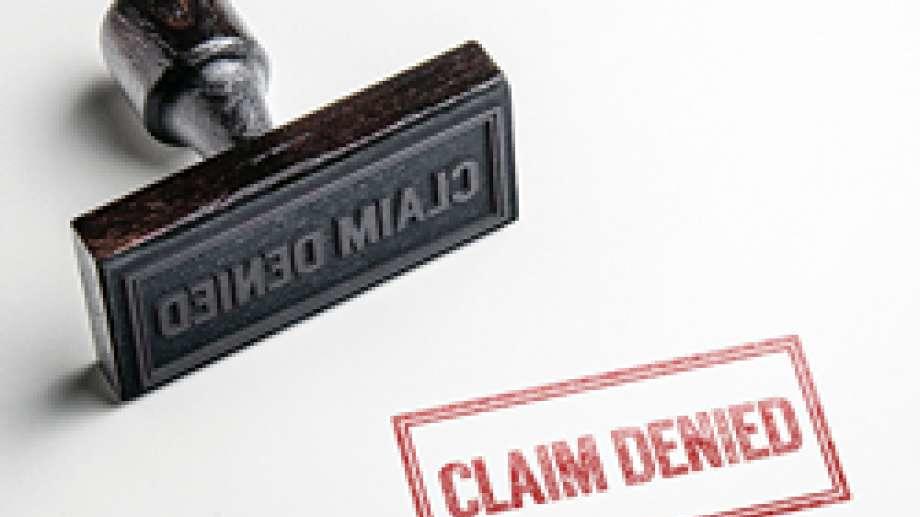Are you getting decline letters from insurance carriers? Did rates go up at renewal resulting in higher premiums charged? Are you seeing restrictions or retractions in coverage terms and conditions or reduction in limits available?
The pandemic has caused the greatest economic disruption in generations. All industries are affected, causing many firms to rethink their business models, operations, and risk appetites. Given the current circumstances, many companies are reviewing their risk management plan and uncovering potential risks and exposures they hadn’t considered in the past.
At Capterra Risk we have played active roles in the insurance industry for 25 years. There has never been one global shared risk that enacted such extensive global changes including those we are seeing in the commercial insurance market encompassing so many lines of coverage.

We are sure you are seeing some of these changes:
- Premiums are going up, even if claim histories are low
- Commercial property insurance pricing in the U.S. increased 22% in the second quarter of 2020, according to the Global Insurance Market Index by Marsh LLC.
- Commercial financial and professional liability insurance average rates in the U.S. increased 30%, as pricing in the directors and officers market was up 59%, with more than 90% of clients experiencing an increase, Marsh said.
- Insurers are limiting coverage or adding more exclusions
- Several D&O insurers are also trying to impose both bankruptcy and COVID-19 exclusions in their policies
- Joe Peiser from Willis Towers Watson adds “we’ve seen intense underwriting reviews, reductions in available limits, non-renewals and even some cancellations.”
- Companies are scaling back or exiting sectors
- According to Peiser, for distressed industries like retail, hospitality and health care, rate increases could be even worse, given a dramatic fall-off in insurance capacity for these sectors.
Hardening of Market
In the fall of 2019, the market began to firm and has continued to harden, meaning that insurance companies are reevaluating their coverages offered in light of the changing market and uncertainty. Consequently, we are seeing premium increases, reductions in available limits, retractions in coverage terms and conditions, denials, and even some insurers exiting markets.
With the pandemic, resulting recession, and current social unrest, this hardening market is not likely to change anytime soon.
As an owner looking to cover business risks, the limitations being added to the commercial insurance policies in this hardening market will likely impact you in a significant way.
What Does This Mean to Business Owners?
You have various (some undesirable) options including, but not limited to, (1) purchasing coverage in the traditional market with reduced limits, (2) purchasing coverage in the traditional market with higher deductibles, (3) going without certain coverages and taking on more risk in your business, (4) purchasing coverage with truncated terms and conditions, (5) reducing your highest-risk operations within your Company.
Another option that is getting more attention in 2020 is forming a captive to write coverages and ultimately reduce some of the effects of the hardening market.
Benefits of captive insurance include:
- Captive owners better control their own risks, customizing policies to fit their operation and needs.
- Take higher deductibles on traditional policies and have the captive write a deductible reimbursement policy.
- If there is not capacity in the traditional market for higher limits, the captive may be able to write an Excess policy with additional limits above those written in the traditional policies.
- A difference in conditions policy can be written to fill those gaps in the traditional policies.
- Owners retain profits as opposed to simply paying premiums to commercial programs.
- Encourages you to be better educated on risks, incenting your business towards better risk management behaviors.
Large companies have taken advantage of the benefits of operating a captive for many years. The 1986 Tax Act provided the 831b captive framework for smaller companies to have the opportunity to form a captive and the ability to manage risks the way a bigger Company could, by utilizing a Captive.
The lines of risk customers are most keen on insuring through a captive are property DIC, directors and officers, cyber, professional liability, product liability, and trade credit.
Does it make sense for you to form a captive?
Contact Capterra Risk Solutions, LLC to find out if your Company is a good fit to form a captive.
Now might be the time to consider captive insurance. Let us provide a free evaluation of your business’ risk mitigation needs and whether captive insurance can benefit you in this hardening market.


